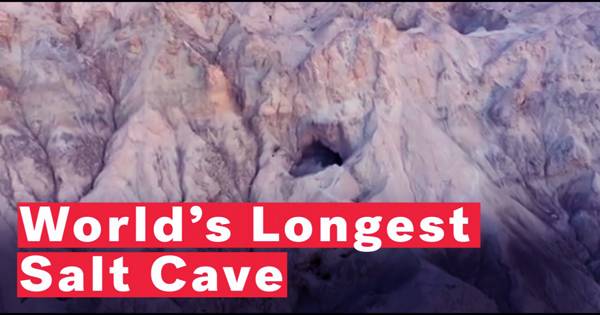Haranis Abyss is located near the city of Hranais in the Czech Republic, Harnika Propast or Haranis Abyss is known as the deepest freshwater cave in the world and it has become much deeper. Journal of Geophysical Research: A new study published in Earth Surface estimates that it is at least 1 kilometer (3,280 feet) deep.
Divers have been exploring Haranis Abyss for decades. A team of explorers led by Polish cave diver Krzysztof Starnaowski discovered it to be the deepest underwater cave in the world, at least 404 meters (1,325 feet) deep. Then there is Pozzo del Mero in Italy which is 392 meters (1,286 feet) deep. Starnaowski said he thought the cave was twenty-first-century Columbus" because he had discovered it. The series of techniques revealed that the deepest parts of the abyss were
filled with silt, but also indicated that the cave was formed like groundwater through limestone from the upper mountains. Next, it is possible that water overflows from the bottom of the cave and joins the eroded abyss, bringing chemicals from deep underground.
The mouth of the rock is filled with dilapidated holes melting acidic snow, leaving it like Swiss cheese, Science magazine reported. Many clusters were formed by this top-down erosion, but scientists have long believed that Hranice Abyss was
formed because of the deep chemicals found in the water from the bottom to the bottom. The research team, led by geophysicist Radek Klanikar of the Czech Academy of Sciences, first used an electrode to map limestone structures based on their ability to conduct electricity. Another array of sensors measured little variation in gravity around the abyss. Eventually, one after the other created small explosion waves that flowed through the cave and back to the surface sensors.
have the same story or that [similarly formed] caves may be deeper. Solar is also curious about what kind of animals scientists can find in the depths of the cave system: We don’t know exactly how we can stay at the bottom.














